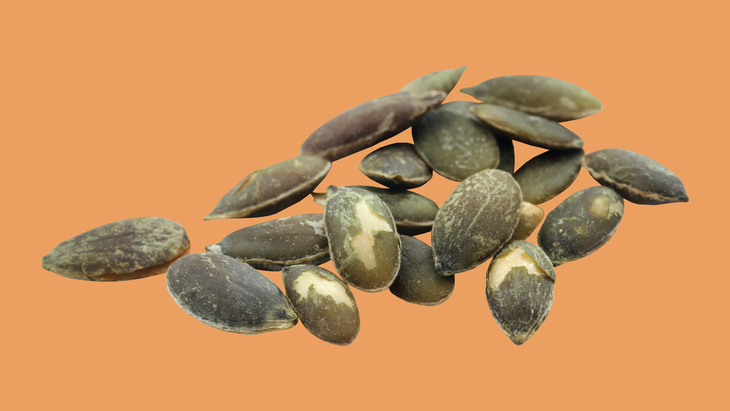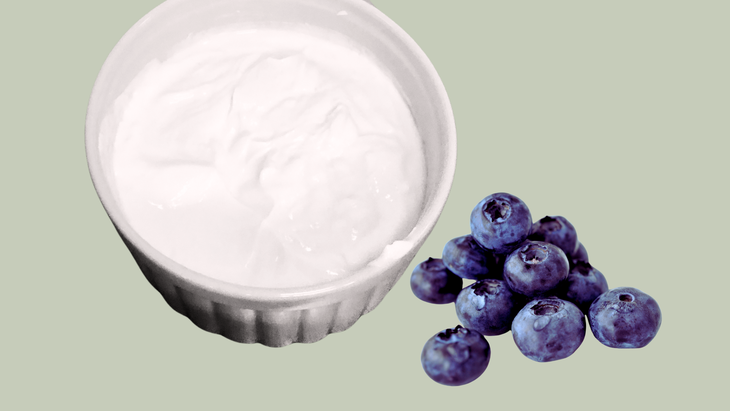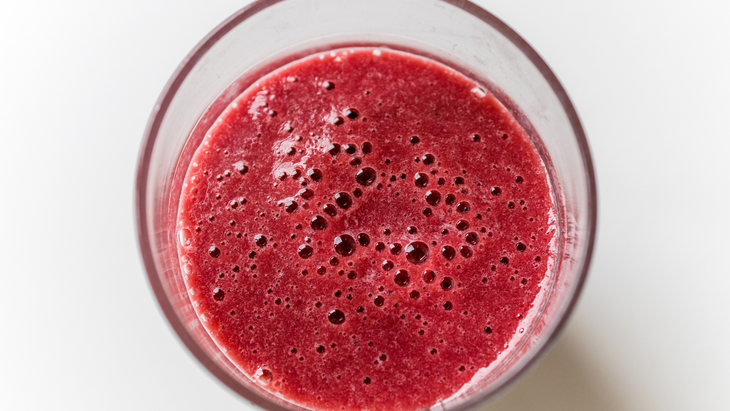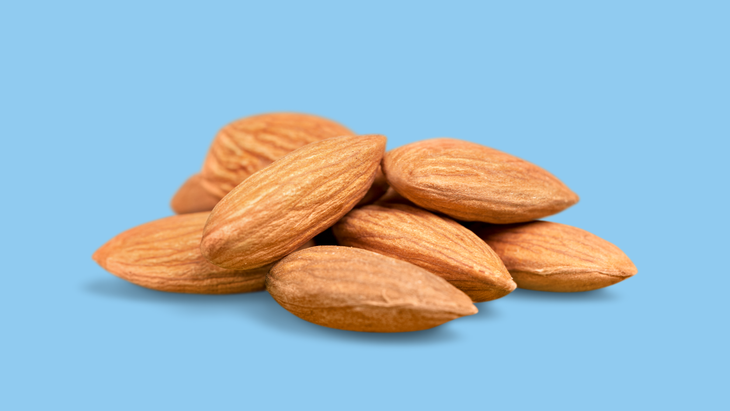“], “filter”: { “nextExceptions”: “img, blockquote, div”, “nextContainsExceptions”: “img, blockquote, a.btn, a.o-button”} }”>
New perk: Easily find new routes and hidden gems, upcoming running events, and more near you. Your weekly Local Running Newsletter has everything you need to lace up!
>”,”name”:”in-content-cta”,”type”:”link”}}”>Subscribe today.
It doesn’t matter how long you’ve run or how fit you are, exercise-induced delayed onset muscle soreness (DOMS) can happen to us all. Some aches and pains are the cost of playing the game. Exercise, especially impact activities like running and weight lifting, causes microscopic damage to muscle fibers that can result in the day-after hurt that we all loathe. And when your body is crying foul, it makes the thought of going for another run seem as inviting as a root canal. (Note: Those tears make you sore at first, but ultimately help make your muscles stronger and more resilient in the long run. Some pain for gain.)
While muscle soreness is inevitable and there is no cure, there are a few things we can do to help tame the pain. As a registered dietitian, I’m fascinated by how overlooked diet is when it comes to managing the agony of DOMS. Studies show that what you eat can play a surprisingly powerful role in recovery. The right nutrition can help reduce inflammation, repair damaged tissue, and get your legs feeling fresher faster—all without taking a single pill. Here’s what to eat for sore muscles.
1. Pump up on Protein
The first thing to prioritize when it comes to what to eat for muscles is protein. “Since muscle is a protein, and muscle fibers are damaged during strenuous activity, adequate dietary protein is necessary to maximize muscle repair and recovery,” Kelly Jones, MS, RD, CSSD, a board-certified sports dietitian for athletes and active adults, says. The amino acids that make up protein can serve as a kind of biochemical signal that tells the muscles to stop breaking down and start the repair process, which may lessen muscle soreness.
Jones stresses that what’s important for athletes is getting a total of at least 1.6 grams of protein per kilogram of body weight per day. “To more effectively meet the needs of protein and other nutrients, evidence suggests spreading out your protein intake to eat moderate amounts every 3-4 hours throughout the day.”
RELATED: Are You Eating Enough? Here Are the Signs You Might Not Be
Aim to get at least 20–30 grams of protein at each of your meals. As for where you get your protein, Jones says it can be from animals, plants, or both, as long as you’re getting enough total grams and adequate amounts of amino acids.
2. Love Your Carbs
While protein might seem like a no-brainer, some runners are surprised by the role carbs can play in keeping muscle soreness in check. When your muscle glycogen stores run dry during a long run, your muscles may increasingly chisel away at their own proteins to provide an alternative fuel source. It’s feasible that the more muscle proteins are broken down, the more sore you are likely to be the next day. Carb needs during longer endurance efforts can run between 45 to 90 grams an hour, depending on variables like intensity and distance.
“Additionally, without adequate carbs post-workout, some protein that is eaten may be converted to an energy source rather than used for essential body functions and muscle repair,” Jones says. A 2021 study in the journal Nutrients found that leg pain following a hard run was lower in recreational runners when they took in a post-race carb supplement. The study authors surmise that boosting carbs improves muscle protein balance because the rise in insulin inhibits some muscle protein breakdown. So don’t shy away from pasta, bread, and potatoes after you have put in a big effort.
3. Eat the Rainbow
When it comes to what to eat for sore muscles, I universally encourage endurance athletes to add plenty of colorful fruits and vegetables to their diets. Why? Items like spinach, blueberries, and bell peppers are among the leading sources of chemical defenders known as antioxidants.
During and after a run, your body produces free radicals—unstable molecules that can contribute to oxidative stress and muscle soreness. Fortunately, antioxidants act as your body’s chemical defenders, neutralizing those free radicals and potentially easing post-exercise pain. In fact, this added antioxidant boost might help explain why a 2024 study in the International Journal of Sports Medicine found that vegans experienced less delayed-onset muscle soreness (DOMS) than omnivores after the same workout.
4. Mega Healthy Fats
According to a 2019 review in the journal Sports Medicine, consuming more omega-3 fats can also help reduce muscle pain and soreness. “Adequate omega-3 fats are important for healthy inflammatory responses,” Jones says. To that point, these overachieving fats work their way into our muscle cells, where they have anti-inflammatory powers that may help reduce uncomfortable inflammation. You can go bigger on omega-3s by eating fatty fish like salmon, herring, and mackerel, along with walnuts, and certain seeds like flax, hemp, and chia.
Pain Busting Foods to Eat for Sore Muscles
While there’s no magic cure for your sore muscles, there are specific foods that will combat discomfort. Before you think about anything from the drug store or pharmacy aisle, here’s what to stock up on at the grocery store.
1. Canned Sardines
These salty little fish are swimming in nutritional benefits, including providing a powerful one-two punch to muscle agony—high-quality protein and omega-3 fats. A study in the journal Medicine & Science in Sports & Exercise showed that higher intakes of the same type of omega-3 fats found in sardines can drive down feelings of muscle pain after muscle-damaging downhill running.
For an anti-pain recovery snack, smear some grainy mustard on rye crackers and then smash on canned sardines. Take things up a notch by topping with slices of roasted red pepper and arugula. Yes, this is more sophisticated than a protein shake.

2. Pumpkin Seeds (Pepitas)
A 2022 study published in the Journal of Strength and Conditioning Research found that consuming extra amounts of the mineral magnesium significantly reduced muscle soreness and improved recovery among male and female subjects after performing resistance training. Pumpkin seeds are a particularly good source, with roughly 168 mg in a 1-oz. (28-g) serving. This amounts to an impressive 40 percent of the daily value for magnesium.

3. Skyr Yogurt
It’s not Greek but rather Icelandic yogurt, or skyr, that stands out in terms of protein. A 150-gram container of the ultra-creamy dairy import can deliver a lofty 16 grams of protein, making it a good way of guiding you towards getting enough of this muscle-friendly macro. Skyr yogurt ferments longer to a lower pH (which equals higher acidity) than other types of yogurt and is strained several times. So it will be a tad tart. It’s also so thick you could use it to lay bricks.
What I like about serving up a bowl of skyr yogurt is that it can be a delivery method for other pain-fighters such as antioxidant-packed berries, omega-3 rich walnuts, dried tart cherries, and high-magnesium pumpkin seeds.

4. Tart Cherry Juice
Research on athletes has shown that tart cherry juice can help improve recovery time, decrease muscle pain, and reduce muscle damage, particularly in the aftermath of higher-intensity efforts. This investigation in the Scandinavian Journal of Medicine and Science in Sports found that when runners consumed tart cherry juice for five days leading up to a marathon as well as the day of, and for two days afterward, they experienced less inflammation and oxidative muscle damage as well as faster muscle strength recovery.
How does the sweet-tart juice perform this magic? Tart cherries are high in compounds called anthocyanins that can have powerful anti-inflammatory and antioxidant properties, and as such, they may reduce exercise-induced muscle damage and perceived soreness. “Tart cherry also offers natural melatonin, which may help improve sleep. Since sleep is one of the most important lifestyle factors in recovery, if tart cherry benefits an athlete’s sleep duration and quality, it may indirectly improve recovery as well,” Jones adds.
You’ll need to drink at least a cup of 100-percent tart cherry juice daily to have the maximum effect. It’s likely most effective when you start supplementing several days before a big exercise session and continue for a few days after. You can sneak in more cherry power into your diet by using dried tart cherries, which are a flavorful addition to cereal, yogurt, salads, and trail mix. Toast up a thick slice of bread, add a generous slather of cream cheese, and top with a handful of dried cherries. Thank me later.

5. Almonds
Almonds are an awesome food to eat for sore muscles. Investigators from San Diego State University found that when healthy adults consumed two ounces of almonds daily, they experienced less pain sensation following a muscle-damaging downhill run and were also able to better retain their muscular strength. The nutritional stew in almonds, including unsaturated fats, vitamins, minerals, and antioxidants, might be the reason why they could help you feel more comfortable when training hard and bounce back faster. Almond butter may do the trick, too.
The Runners’ Meal to Eat for Sore Muscles
This recovery feast delivers a winning mix of high-quality protein and carbs, soothing omega-3s, and powerhouse antioxidants.
5 oz grilled or roasted salmon
1 cup cooked quinoa
2 cups mixed veggie salad (topped with vinaigrette and pumpkin seeds)
1 cup tart cherry juice














